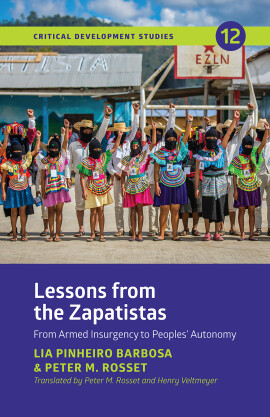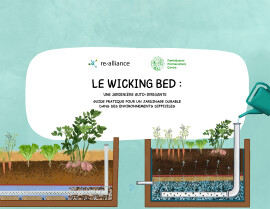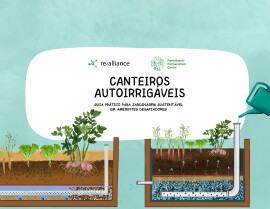
Livestock Emergency Guidelines and Standards 3rd edition
The Livestock Emergency Guidelines and Standards (LEGS) target livestock-owning communities affected by humanitarian crises. Drawing on international evidence-based best practice, LEGS supports practitioners to design and implement emergency responses that protect and rebuild livestock-based livelihoods. In emergency contexts, feed, water, veterinary support, shelter and settlement, livestock offtake, and the provision of livestock, are the six critical interventions for saving livestock assets. To protect livelihoods, these interventions need to be feasible, appropriate and timely. Since 2009, the LEGS Handbook has significantly improved the quality and impact of livestock emergency response. An extensive public consultation process has helped update the technical Standards, Key Actions and Guidance Notes in this third edition. There is greater focus on the principles that underpin LEGS, as well as step-by-step guidance on how to use the LEGS tools to develop an emergency response plan. The Handbook will be useful for all livestock specialists and humanitarians involved in emergency preparedness, response and recovery.
Series: Humanitarian Standards
Published: 2023
Pages: 388
eBook: 9781788532488
Paperback: 9781788532464
Multibuy 20: 9781788532471
The Livestock Emergency Guidelines and Standards (LEGS) target livestock-owning communities affected by humanitarian crises. Drawing on international evidence-based best practice, LEGS supports practitioners to design and implement emergency responses that protect and rebuild livestock-based livelihoods. In emergency contexts, feed, water, veterinary support, shelter and settlement, livestock offtake, and the provision of livestock, are the six critical interventions for saving livestock assets. To protect livelihoods, these interventions need to be feasible, appropriate and timely. Since 2009, the LEGS Handbook has significantly improved the quality and impact of livestock emergency response. An extensive public consultation process has helped update the technical Standards, Key Actions and Guidance Notes in this third edition. There is greater focus on the principles that underpin LEGS, as well as step-by-step guidance on how to use the LEGS tools to develop an emergency response plan. The Handbook will be useful for all livestock specialists and humanitarians involved in emergency preparedness, response and recovery.
| How to use this handbook | |||
|---|---|---|---|
| Chapter 1: Introduction to LEGS | |||
| Chapter 2: LEGS Principles | |||
| Chapter 3: Emergency response planning | |||
| Chapter 4: Technical standards for livestock feed | |||
| Chapter 5: Technical standards for the provision of water | |||
| Chapter 6: Technical standards for veterinary support | |||
| Chapter 7: Technical standards for livestock shelter and settlement | |||
| Chapter 8: Technical standards for livestock offtake | |||
| Chapter 9: Technical standards for the provision of livestock | |||
| Annexes | |||
| Index |
‘The revision of LEGS Handbook includes significant changes in content and form. The new structure, improved design, changes to the foundations chapters and Plain English used allow for easier access and understanding for both livestock specialists and humanitarians, even for first time users. The links to other chapters and other Humanitarian Standards Partnership (HSP) handbooks are also welcome.’
Maty Ba Diao, former Regional Coordinator, Projet Régional d’Appui au Pastoralisme au Sahel (PRAPS), at the Comité permanent inter-État de lutte contre la sécheresse au Sahel (CILSS)
‘I welcome this third edition of the LEGS handbook, which is even more reader friendly, easy to use, relevant to changing contexts and supported by more case studies. It includes innovative tools to identify how to respond to emergencies, and has assessed past interventions and experiences to guide future planning. The consultative process and outreach have gone beyond the previous edition. I am sure the tools in the handbook will be very useful for both humanitarian and development actors working in the area of food security focusing on livestock-based livelihoods.’
Vikrant Mahjan, CEO, Sphere India
‘This third edition has enriched content and more simplified language, and has been revised in line with community of practice comments as part of greater local ownership of the LEGS approach. The Handbook clearly illustrates the interlinked nature of lives and livelihoods, and the new chapter on emergency response planning integrating key tools will support the saving of lives and protecting the livelihoods of affected communities.’
Dr Kisa Juma Ngeiywa, former Director of Veterinary Services (DVS) Kenya
LEGS
LEGS aims to improve the quality and livelihoods impact of livestock-related projects in humanitarian situations.






